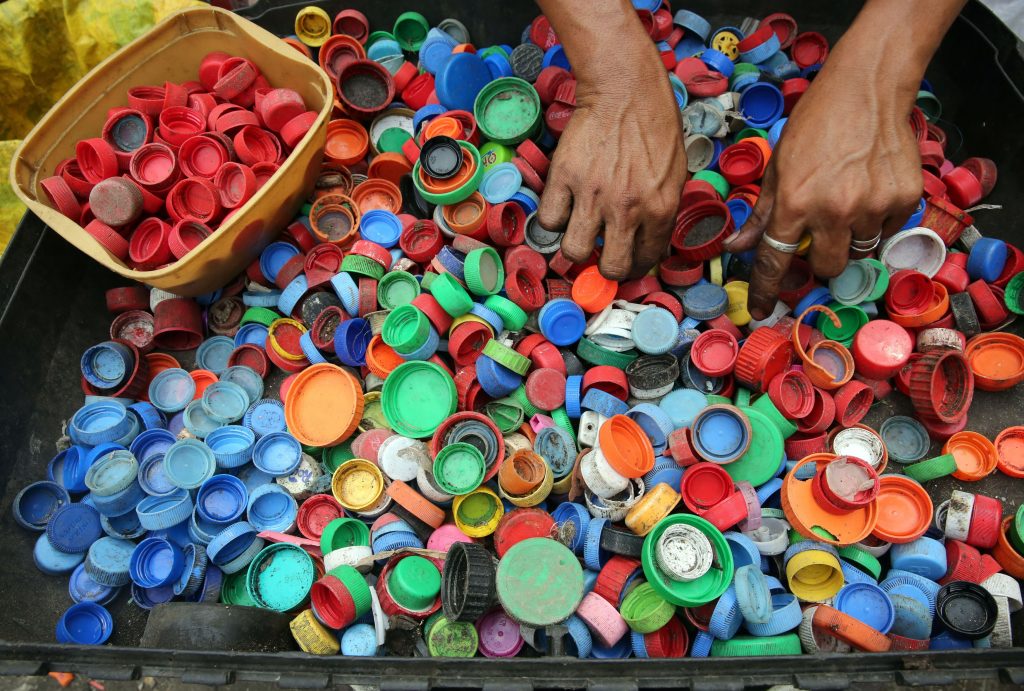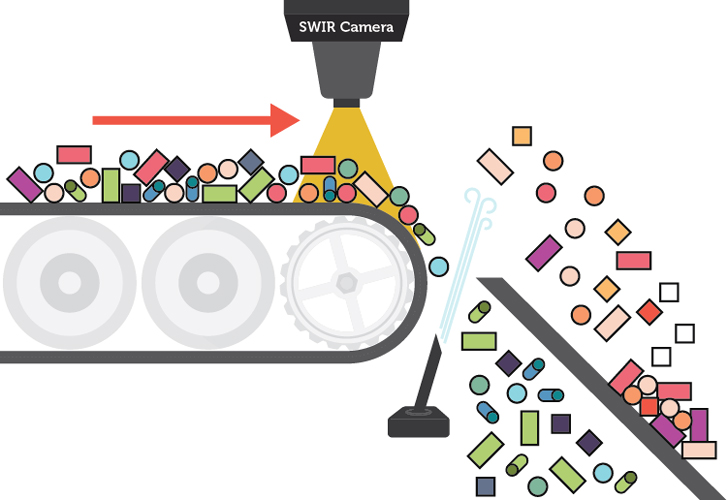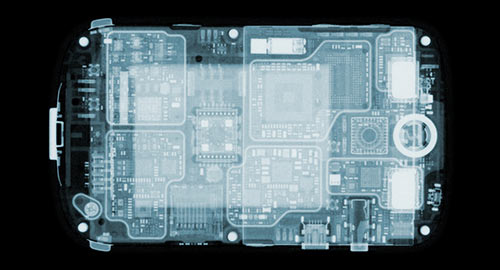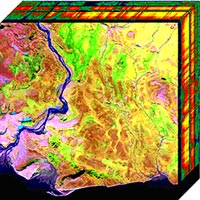Recycle sorting applications offer different challenges than most machine vision applications. In most waste treatment facilities, the amount of material that can be recycled is limited by the sorting technology. This matters because increasing the purity of a recycled material by even a few per cent can double its value, and extracting more recyclable material means disposing of less waste.
A new generation of multispectral and hyperspectral cameras is increasing the purity of many recycled materials to close to 100%. These cameras divide light into hundreds of narrow bands over a continuous range that spans the electromagnetic spectrum. The cameras collect hundreds of data points per pixel and combine these to generate a unique spectral signature (also called a fingerprint) for each material based on its chemical composition.
In addition to multispectral and hyperspectral cameras, Teledyne Imaging offers low-cost, highspeed, area and line scan cameras to enable innovative solutions for Recycle Sorting applications.
Visible spectrum sorting essentially does what the human eye can do, separating colored polymers or labels. Area and line scan cameras can be used to sort recyclable materials by color and shape, separate different color plastics, and to distinguish between recyclable and ceramic glass. The visible spectrum cannot be used to separate plastic by resin type unless the material is visually changed (e.g. by adding a colorant).

Both SWIR and NIR sensors can go deeper, identifying different recyclable plastics. The sensing system is typically an imaging system that can pinpoint plastics on a conveyor belt. IR radiation from a source along the conveyor penetrates plastic objects as they move by and a sensor measures their unique “fingerprint” response. NIR imaging could even be used to separate all plastics #1-7 but currently may be considered cost-prohibitive for rarer materials. In a real recycling work stream, other imaging materials are needed to prevent contamination: While NIR is used extensively to separate HDPE and PET containers, it can’t “see” glass or metal because those materials’ molecular structure doesn’t “vibrate” enough to be recognized.

Imaging plastics at this elemental level can detect heavy elements, toxic substances, and specific atoms among plastics that otherwise look the same as those that are safe to recycle. X-ray imaging is also effective for distinguishing PVC containers — PVC contains chlorine, which gives a unique X-ray fluorescence response. Because it works at such a precise level, it has been useful for sorting extremely dirty bottles or containers with a lot of labelling – situations where infrared would be “confused.”

This kind of imaging can be helpful for separating plastics from non-plastics. The subtle differences between the hydrocarbons in office paper, newspaper, and cardboard are only detectable beyond standard SWIR imaging. Hyperspectral imaging systems can be used for other difficult-to-sort recyclable materials, such as crushed electronic scrap.
The applications of hyperspectral imaging are expanding though, and new technologies are making it possible to create flexible machine vision systems. While mechanical design, illumination, interfaces, and image processing used to be the major reasons why engineers used to avoid hyperspectral imaging, today it’s a reasonable choice for some applications. Hyperspectral imaging has become a comparatively reliable and low-cost answer to something that was once very difficult – recognizing impurities in plastics that rendered them “un-recyclable.”
